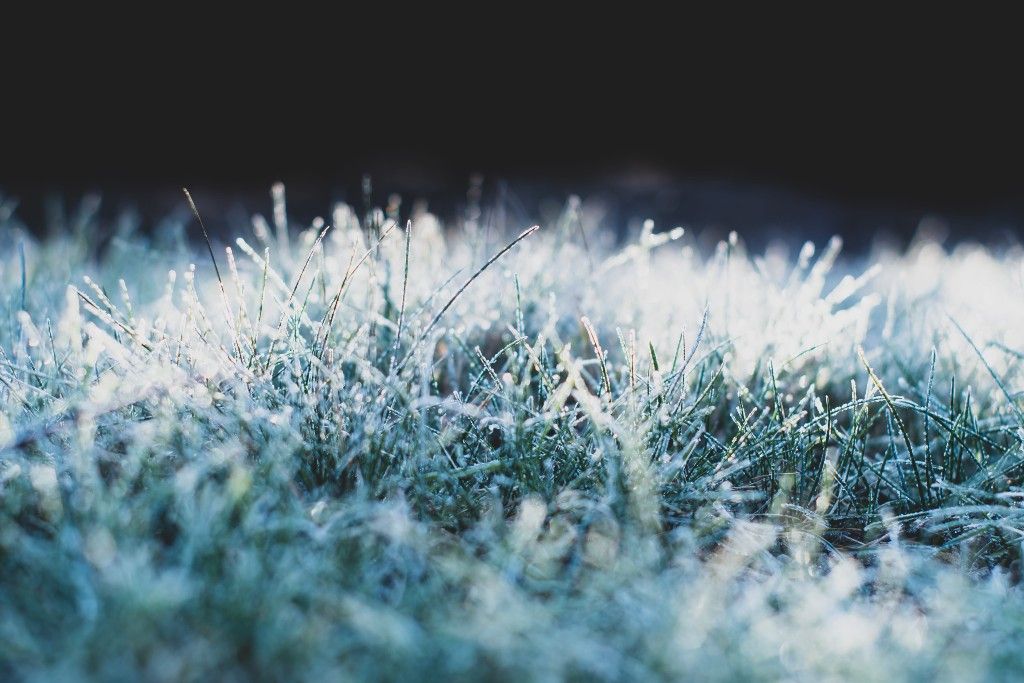The weather in our flower garden has to do with local atmospheric conditions: hot and cold; wet and dry; calm and stormy, and so on.
Climate refers to the region’s atmospheric conditions and predictable events for that region or particular place. The US Department of Agriculture (USDA) divides North America into 20 separate zones, and the zone we garden in determines the plants that we can grow.
But as well as the average highest and lowest temperatures that occur in our specific zone, many other factors affect our weather and the perennial plants we can grow since perennials need to winter over.
Frost dates are very important. Gardeners need to know the average dates of the last frosts in the spring and the first frosts in the fall in their area. The date of the average last frosts is crucial so that we know when it is safe to set out our tender annual plants, which would be damaged or killed by a frost. The date of the last spring frost for a zone is like a marker that allows gardeners to schedule gardening efforts.
Of course, there is a difference between usual and average frost dates. We also need to establish how many frost-free days there are in our climate, as this defines our growing season and our options about what we can grow.
There are also micro-climates within our personal gardens: places, for example, where there is more sun, less wind, or more shelter for the plants.
This is Moya Andrews, and today we focused on Frost.










